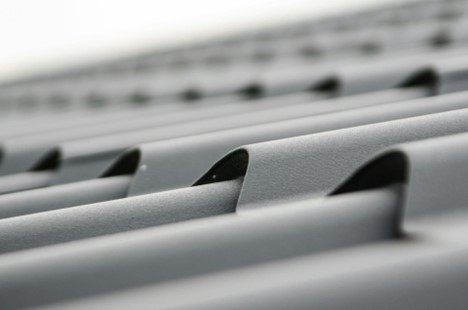Step-by-Step Guide to Setting Up a Molding Foundry
Establishing a molding foundry involves meticulous planning and execution to ensure efficient operations and high-quality output. From selecting the ideal site to adhering to safety standards, every step is crucial for success. This guide will walk you through the essential phases of setting up a molding foundry, covering site selection and preparation, necessary equipment and tools, hiring skilled personnel, and implementing safety and compliance measures.
Finding the Perfect Location
The first step in setting up a molding foundry is finding the perfect location. The site should be strategically positioned to minimize logistics costs and maximize accessibility to raw materials and markets. Consider these key factors:
- Proximity to Raw Materials: Ensure the site is near suppliers of the raw materials used in molding processes, such as sand, metals, and binders.
- Transportation Links: Good access to major highways, railways, and ports can reduce transportation costs and enhance distribution efficiency.
- Zoning and Environmental Regulations: Check local zoning laws to ensure industrial operations are permitted. Assess environmental regulations to avoid legal complications.
Once the location is chosen, preparation involves clearing the land, leveling it, and installing essential utilities such as water, electricity, and gas. It’s also critical to plan the layout of the foundry to optimize workflow and safety.
Must-Have Equipment and Tools
A well-equipped molding foundry requires various specialized machinery and tools. Here’s a breakdown of the essentials:
- Furnaces: Different types of furnaces, such as electric arc, induction, and cupola, are needed to melt the metals. The choice depends on the metals used and the foundry’s scale.
- Molding Machines: These machines create molds into which molten metal is poured. They range from manual hand-molding tools to sophisticated automated molding lines.
- Core Making Machines: Used for creating cores that form the internal cavities of castings, core making machines are crucial for producing complex shapes.
- Sand Mixers: Essential for preparing molding sand by mixing sand with clay and water.
- Crucibles and Ladles: Used for handling and pouring molten metal.
- Cooling Systems: To control the temperature of the molten metal and the molds during the casting process.
Additionally, other tools such as grinders, polishers, and inspection devices are needed to finish and check the quality of the castings.
Building a Talented Team
Recruiting and training staff is vital for a successful molding foundry. Skilled personnel ensure that the foundry operates efficiently and safely. Here’s how to approach this:
- Recruitment: Look for candidates with experience in metallurgy, mechanical engineering, and industrial operations. Partner with local technical schools and colleges to find new talent.
- Training: Implement comprehensive training programs covering the operation of foundry equipment, safety protocols, and quality control measures. On-the-job training paired with classroom instruction can be highly effective.
- Certifications: Encourage and facilitate certifications from recognized industry bodies, which can enhance the credibility and skills of your workforce.
- Retention Strategies: Foster a positive work environment with competitive salaries, benefits, and opportunities for career advancement to retain skilled employees.
Ensuring you have a competent and well-trained workforce is fundamental to the smooth operation of your molding foundry. Next, let’s delve into the critical aspect of maintaining safety and regulatory compliance.
Prioritizing Safety and Compliance
Ensuring safety and compliance is paramount in a molding foundry, given the high-risk nature of the work. Adherence to regulatory standards not only prevents accidents but also avoids legal repercussions. Key measures include:
- Occupational Safety: Equip workers with personal protective equipment (PPE) such as helmets, gloves, and safety glasses. Regular safety drills and training sessions on emergency procedures are essential.
- Environmental Compliance: Implement systems to control emissions, manage waste, and reduce environmental impact. Adhering to local environmental regulations is crucial.
- Health Monitoring: Regular health check-ups for employees to monitor exposure to hazardous materials and ensure they remain fit for duty.
- Audit and Inspection: Conduct regular audits and inspections to identify and rectify potential safety hazards. Keep detailed records of these inspections for compliance verification.
By establishing robust safety protocols and ensuring compliance with regulations, you can create a safe working environment and avoid potential legal issues. With these measures in place, your foundry will be well-equipped to maintain high standards of safety and efficiency.
Final Thoughts on Launching Your Own Molding Foundry
Setting up a molding foundry is a complex yet rewarding endeavor that requires careful planning, investment in quality equipment, and a focus on safety and compliance. By selecting the right site, equipping the foundry with essential machinery, hiring and training skilled personnel, and adhering to strict safety measures, you can establish a successful and efficient molding foundry. With these steps, your foundry will be well-positioned to produce high-quality castings and meet market demands.




